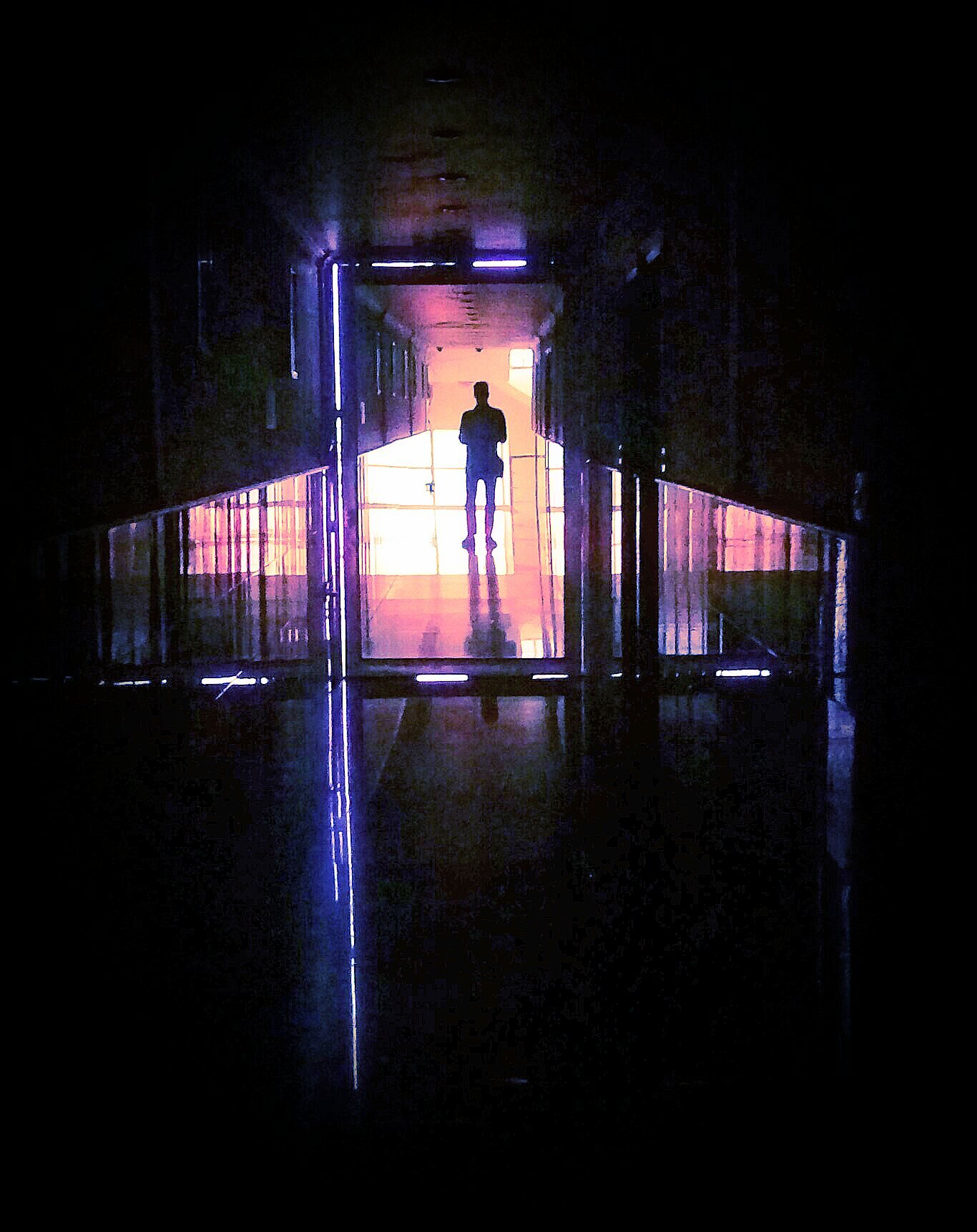
The Briefest Synopsis
“The timeless seeker of Hesse’s Siddhartha meets the intersecting, multi-perspectival destinies of Durrell’s The Alexandria Quartet.“
“Compelling, captivating and existential. Anyone who has struggled with understanding and coming to terms with what life had in store for him, will find himself among friends in this vibrant, vivid and almost cinematic tale of love, friendships and the search for meaning” Anne Stadil
Like Two Rivers, a novel
About the book:
A philosophical adventure with multiple storylines crisscrossing back and forth from the 1960s to the late 2000s—the rich narrative follows the paths created by the longings of a diverse band of multicultural seekers, immigrants, rebels, artists, and misfits as they pursue the elusive golden promises of their own imaginings. This insatiable longing takes the reader from the high Himalayas of India to Cairo, through Istanbul on to Aleppo, Bucharest, Copenhagen, and Paris and back again. The search for answers causes the distinct strands of the achronological narrative to gradually intertwine or unravel, revealing unexpected insights, new riddles, or even deeper confusion. The central question is: If life has meaning, where is it to be found?
The story resembles a symphony, starting with a simple piano, then the addition of layered sound as more instruments come in, becoming an orchestral piece that reaches a long and exhilarating crescendo, ending with the fragile but clear tone of a violin as we—the reader-witness—return to the beginning, to innocence through a process of catharsis.
In Like Two Rivers, the unusual lives of the protagonists are portrayed in intimate detail, as they create, derail, and entangle their lives erratically across continents and through different times. The atmospheric settings are key entities acting as timeless companions of the perpetual seeker moving through ancient towns, along holy rivers, over bridges and up mountains. A wistful sense of irreversible loss pervades the story as homes, loved ones and countries are lost to linger as haunting memories.
Watching from the shadows, a handful of obscure yet pivotal sages, seers, mystics, and hermits from disparate traditions gently nudge and advise those with the ability to listen. At times, even a stray dog becomes a guide.
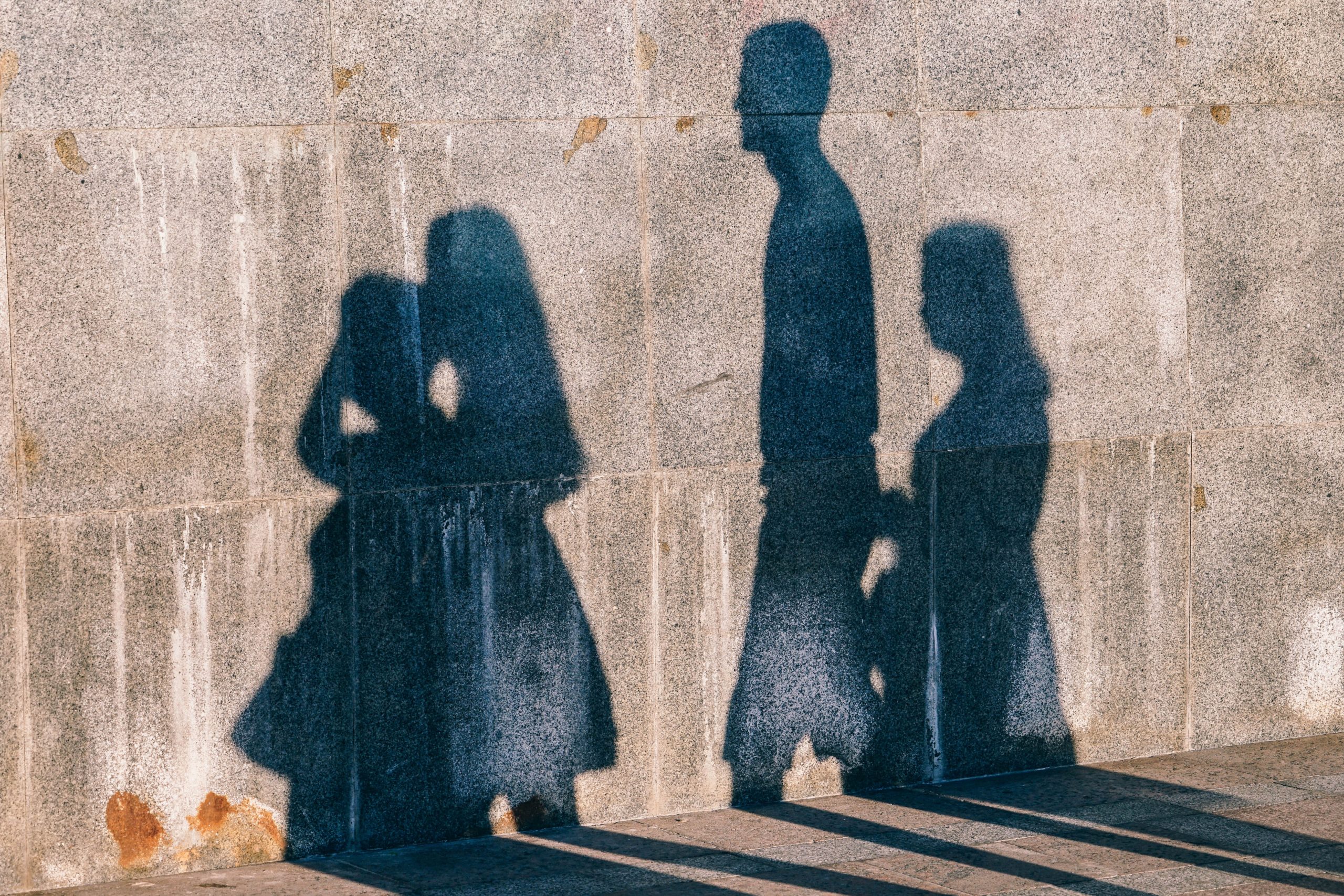
The Charachters
The warps and wefts of this intricate tapestry are woven by: Lukas, a Francophone, lovesick, ragged philosopher whose roots are a mystery even to himself; Nabil, an Egyptian antique collector, a gay esoteric Jew who hides behind his Greek or Berber roots; Yousra, an unruly Egyptian Copt who turns her back on her wealthy family and converts to Islam in the hope of establishing her own bohemian bubble; Hilal, a clear-eyed Afghan boy, orphaned by a drone attack, who embraces Hinduism for survival; Ehab, a stateless Palestinian gay man roaming the Levant, running from his own imagined wrongdoings; Leila, an impeccably turned out Turkish-Italian gallerist in love with Cairo, bearing a secret wig and nursing a brittle heart; Sherif, a charming pot-smoking painter who is cursed with a fear of solitude and a hidden tragedy in his impoverished bloodline; Katarina, a fragile Romanian beauty unwillingly exiled to Paris and trapped in a vacuum between her fathers’ guilty lies and the absence of her mother, Yousra; Katarina’s father Ignat, a patrician psychologist whose fetish lies in the contrast between his inner perversions and his outer perfection.
Each character is in their own right a seeker, a refugee, a yearning soul, a wanderer, a dreamer. Many give up, some settle for comfort, others die; through the eternal pattern of constant searching and longing, we gain glimpses of a simpler, more profound truth about what it means to be human and about happiness, loss, peace and existence. Some of the characters may come to realise that these truths have been hidden in plain sight all along.

What Happens?
Like Two Rivers meanders through various cultures while deeply exploring the common roots of the diversification of identity, customs, religion, and spirituality. The primary narrative takes place in the Middle East, North Africa and Turkey, a region steeped in history, populated by people whose lives are now seldom described without a scattering of the trite tropes of Islamism, terrorism and burkas.
The narrative draws a nonsequential curve, gradually shedding light on why the unpredictable lives of the protagonists have become so inexplicably entangled or side-tracked. The tale weaves a hypnotic story compelling the reader to identify, love, long and suffer with the protagonists. As they draw the reader deeper into the maze of their dramatic existences, it becomes evident that a knowledge of facts is not the same as clarity about life.
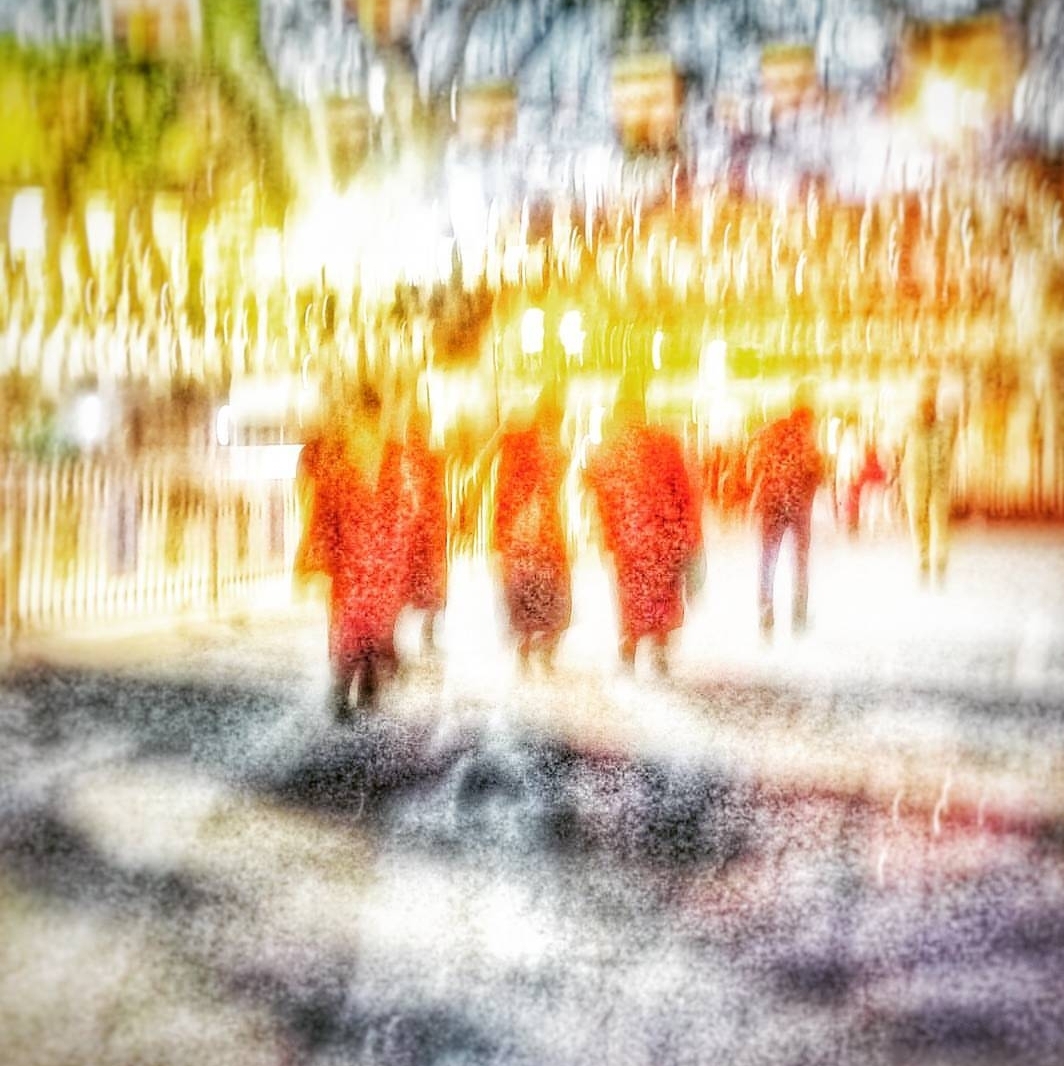
Who is V. J Sam?
V. J. Sam is a pen name I took in order to be free of the cultural identity that my birth name would pin to me. So, who is the writer? At the moment, I am a Himalayan yogi living in the valley where the book begins and ends. I have been many things and in various locations across the world: a painter, a journalist, an art and book critic, an art teacher, an interior mural designer, a spouse, an alternative medicine practitioner, a meditation teacher, a Himalayan hiker, and always, but not at all times consciously, a seeker of truth.
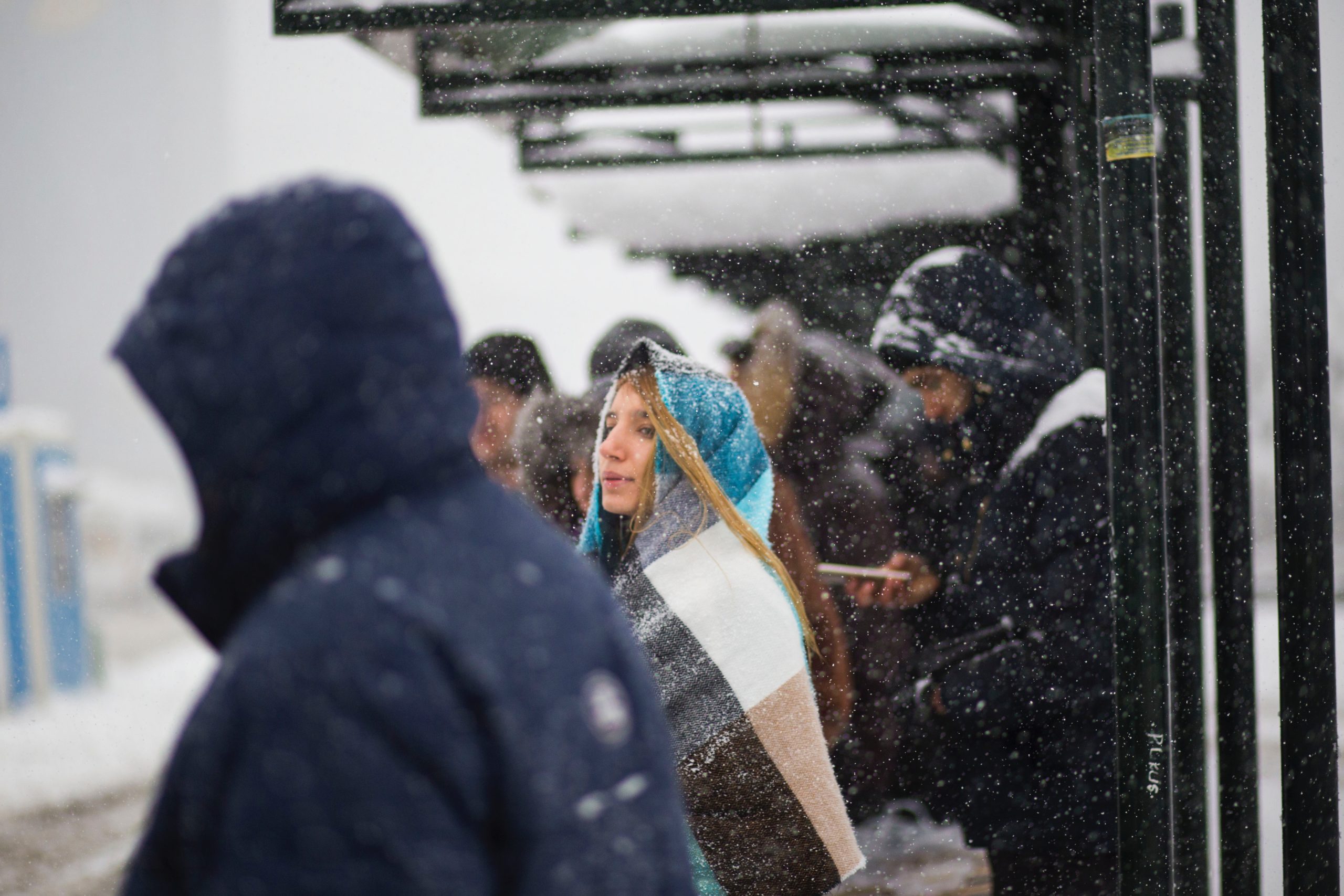
Did this spark your interest? Read more below.
The Slightly Longer Description:
Why Did I Write It? What is Like Two Rivers about?
Why did I write this book? I wrote this book to, express my love for this amazing world and its brave souls through an engaging story and to address the question: Who do we think we are and what do we think we are doing? It tells a story of the search for oneness in a world of multiplicity. On one hand, I wanted to write a story about our connectedness to each other, to life, the planet, the universe, and the possibility of an all-embracing sense of limitless life and universal consciousness. On the other hand, to do this, I needed to challenge the narrow ideas of delineable cultures, organized belief, forced nationality, ethnic categories, nation state, class, cast, and the cult of personal identity, (hence the need for a pen name).
What is Like Two Rivers about?
Storytelling, Lies and Language
This novel describes our attempt to untangle the mystery created by the stories that are the currency of social exchange. There are the stories we inherit, the ones we fabricate, the ones we try to unearth. Then there are the narratives we censor, the ones we hide, the ones we proclaim, and the ones we tell ourselves. This novel explores the effect that this often unconscious behaviour has on our individual lives, our beliefs, and the fate of humanity. But most importantly: what happens when we consciously approach what lies beyond words?
For the characters struggling to be free of a convoluted, inherited narrative, their actions and words sprout unpredictable branches and knots, which either threaten to ensnare them the more they struggle or compel them to look beyond
Love, Need and Attachment
The characters are all intimately connected through, often problematic and always fluctuating, bonds of blood, infatuation, love, nationality, business, friendship, marriage, secret affairs, and secret longing .
Fleeing and Searching
They are all, even if they don’t see it, fleeing something—war, boredom , humiliation, dysfunctional families, oppression, poverty, smothering welfare states, or meaninglessness. Their flight is the result of the search for satisfaction, love, truth, or simply survival.
Identity
All are struggling between rejecting and embracing being defined by their nationality, ethnicity, and religion, or lack of the same . In the hope that it will bring them happiness, freedom or just safety, most of them at some point change their identity, name, or religion. This results in a constant alternation between creating more confusion and unhappiness, or more clarity and peace. Often it is not possible for the characters to see which is which.
Our Capacity to Observe
Ultimately, the uncritical belief in incomplete stories, shocking discoveries, or accidental lies about themselves and others, become the downfall of a few of the characters . Others stop inquiring and settle for the comfort of stagnating in mediocre contentment or just the safety of money. The clear-eyed ones begin to unflinchingly observe and question themselves and the labyrinth of this world.
Wisdom and Oneness
A few of the characters try to find true meaning and peace beyond the always-changing conditions and incomplete personal narratives. Some begin to see a larger picture. A varied group of sub-characters weave a subtle net of wisdom—a Sufi woman, a Himalayan hermit, a Christian mystic, and a retired female philosophy teacher. Occasionally they step out from the shadows in an attempt to convey their version of wisdom to our struggling friends. In accordance with their beliefs, some of the characters listen to the words of the wise ones, some understand, some think they understand, some reject, and others ignore. Towards the end, the words of the wise unravel the fabric of the entire complex narrative to reveal a simpler truth.
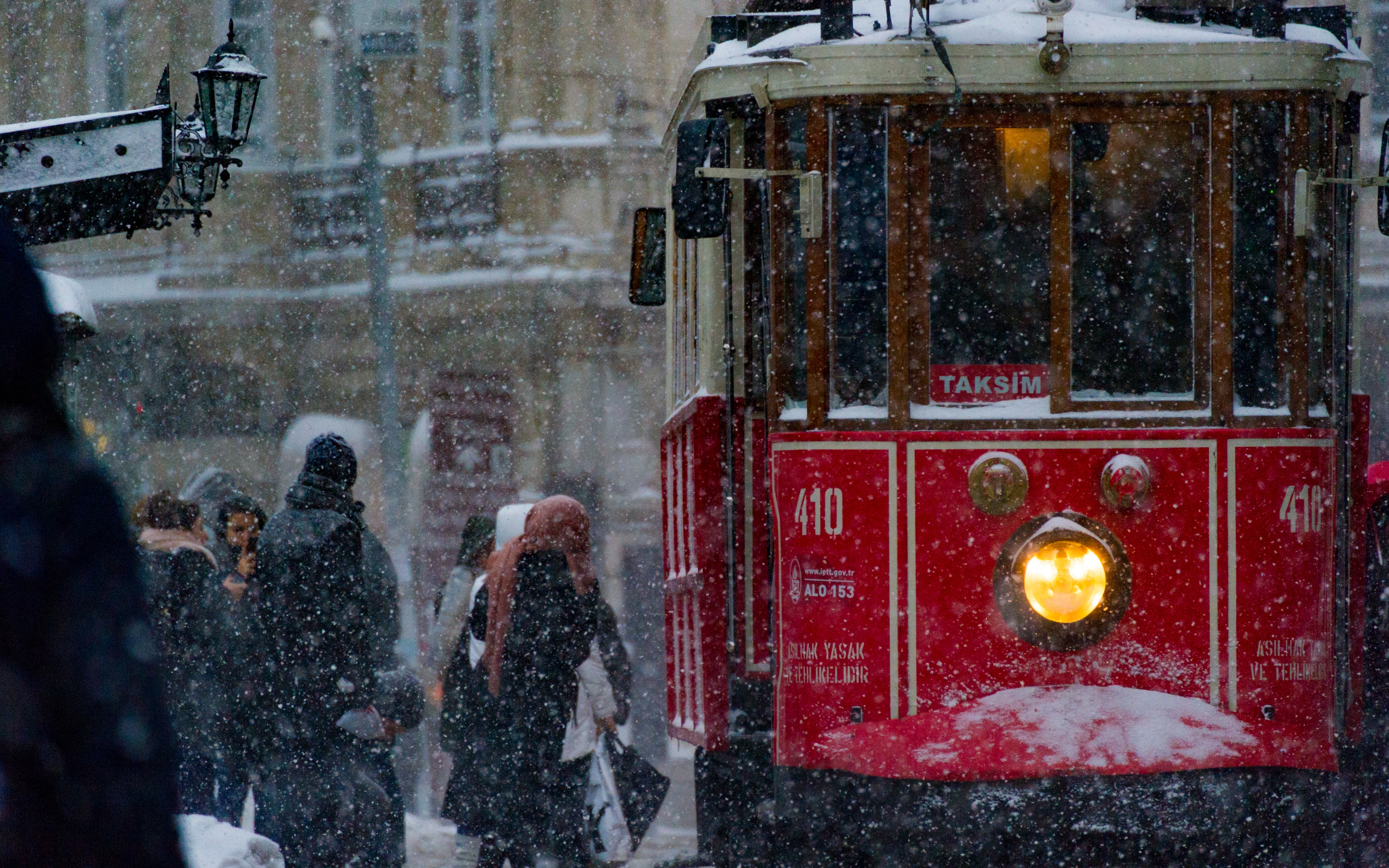
Who Lives In The Book ?
Yousra: a headstrong and sensual Egyptian Christian. To rebel against her fearful and bourgeois family, she marries a Romanian orthodox; Ignat whom she first met in Sinai at fifteen. Then, in their grand old crumbling Bucharest villa, she gives birth to the child Katarina, leaves her and Ignat and returns alone and broken hearted to open a hippie jewellery shop in her Cairo flat. Her death under mysterious conditions throws everything into unpredictable motion, which starts a slow revelation of secrets reaching into the distant past.
Ignat: the borderline sociopathic Romanian father of Katarina is a blue–blooded, emotionally-frozen psychologist who, due to well-concealed circumstances, banishes Katarina’s mother and leaves his own humiliated and destitute parents to emigrate to Paris. When Katarina gets into trouble, he flies to Cairo to enlist the help of the sister of his ex-wife. What he unearths is more than he can handle.
Katarina: A shy and hypersensitive young French Romanian living an isolated life in Paris with her emotionally distant psychologist father, Ignat. Her discovery that her mother was in fact Egyptian, unexpectedly lands her in bustling Cairo as the reluctant proprietor of a thriving jewellery shop. Here she begins another kind of life and for the first time she is caught in the complexities of love and deception. Trying to navigate the new territory results in unimagined consequences.
Sherif: Begins his life as a fatherless boy in the rooftop shacks of a wealthy Cairo building. Through a succession of accidents, chances, and mentors/lovers he becomes a successful painter. Sherif is the innocent dreamer who cannot be alone and whom everybody falls in love with, but who keeps betraying and/or losing the ones he loves. He is the offspring of secrets so deep even he does not know.
Leela: Sherif’s beautiful second wife is the constant émigré living on borrowed time. She is a successful, Turkish Italian gallery owner who, while navigating a world of facade perfection and proforma marriages, conceals her deep emotional scars. Leela miss and idealise her poet father, who vanished on a ferry ride across the Suez-canal and she curses her cold elegant mother, who shipped her to distant relatives in Istanbul, before emigrating to Russia with her new husband.
Nabil: Leela’s eccentric first husband who is a wealthy, gay Cairo bohemian from a disputed bloodline. He lives in a timeless realm of endless speculation about sacred geometry, esoteric knowledge, and the nature of beauty. To redeem his imagined wrongdoings, he is engaged in a continuous attempt to recreate his version of paradise and to relive the memory of his first lost love, Ehab.
Ehab: Nabil’s great, true, long lost love who belongs nowhere and is always on the move. A warm-hearted, effortlessly wise, and easy-going stateless Palestinian refugee, whose claims to have lost his family in a famous massacre is an inexhaustible source of sympathy. A disastrous meeting on a bridge in Istanbul separates him from Nabil and makes an explanation impossible.
Oum Muhammed: a powerful but bitter village woman. Half sorcerer half saint, Oum Muhammed has, by love and revenge, been forced to play a pivotal role stemming from an old and impossible moral dilemma. The far-reaching consequences of her sacrifices and manipulations are not revealed till the end of the book.
Lukas: an enigmatic, wise, and visionary world wanderer. He is the lonely and suffering red tread, the unknowable entity that knows and sees everyone in the book clearly, but whose lack of roots is the result of secrets well kept by his violent emigre father.
Hilal/ Nicolai: a war-scarred but still hopeful green-eyed mountain boy. His extended family was killed as collateral damage in a drone attack on the last night of Ramadan. Lukas, working as a human trafficker, helps him to assume a Romanian identity to get into Europe. But his journey is far from over.
Babaji: an almost mythical Himalayan hermit and mystic whose constant presence and few powerful words, though he and Lukas have never met, are Lukas’ greatest longing and constant inspiration. Babaji is the only non-fictional character in the book and its guiding star.
Are some of the characters/ stories based on me or my life? Well, I think the answer is yes. All of parts of the book contain a part of me, though none of it actually took place, in reality.
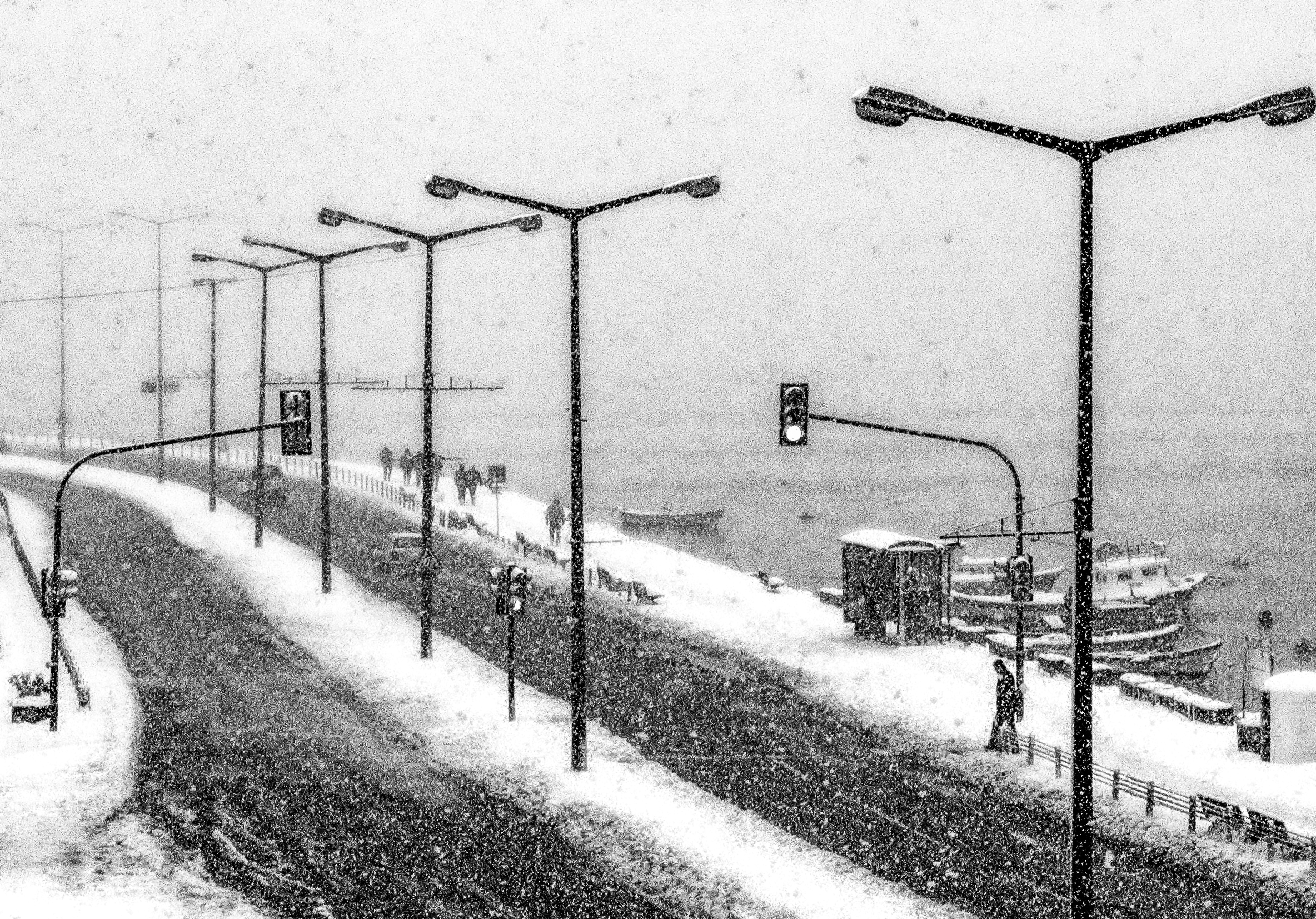
Who is this book for?
Basically, it is for every adult across the world; for those who long for peace, wisdom, and oneness; for readers who search for a meaning to it all; for anyone who relates to a world of mixing cultures, has been a refugee, a seeker, a displaced person, a traveller, an expat, a bi-cultural individual or someone who is interested in non-dogmatic, spiritual inquiry. It is for one who is none of these but has an inquisitive mind. The story can be read at many levels: as a family drama, a mystery/ a suspense novel, a tale of spiritual quest, a love story, a social criticism, or an epic saga.
So Who Is V.J. Sam, Really ?
I was born in 1965, in a family of artists.
When I was twenty, my idea of reality was turned upside down. Like in the book, I met a holy ascetic on a high meadow in a remote Himalayan valley. I stayed with him for a month. He barely spoke. Against my instinct, I left. Not knowing his name, it took me thirty-two years to understand what he was and where to find him again. The quest he initiated in me, took me through the worlds outside and inside me. I became a student of philosophy, religion, and culture; a painter, a journalist, a writer, a designer, and an alternative medicine practitioner. I lived in Egypt, India, and Denmark and travelled the world. Finally, I returned to the Himalayas to study consciousness and its source with another Himalayan master. This is where I wrote this novel which, at its heart, is a story of the multiplicity of this world and the longing and search for the Oneness it springs from. The story is an allegory for that search, not a book about my life. It is a fictional story which, at its deepest level, is about the ideas of non-dual philosophy (a vision of oneness) existing in a dualistic (fragmented) world. Writing this book took me back to the beginning of the story. It led me back to the source of wisdom.
So Why did I write it?
The story wrote itself and I was pulled in. Having studied Sufism, Buddhism, Pharaonic philosophy, psychology, and Indian philosophy, as well as the languages, histories, religions, and arts of the cultures I lived in, I wanted to write a book for the world, about the world. And by the world I mean the human being and his relentless, earnest but often headless search—a search in which most people don’t pause to ask themselves, “Who am I? What is this world? What am I searching for? And is it found where I think it is?”.
- Chapter 68, from Like Two Rivers
- Seeking Sage
- Lost in the Mind; A Medieval Madhouse in Aleppo
- Walking on the edge of Knowing and Not Knowing
- Language and Reality
Like Two Rivers, a novel
About the book:
A philosophical adventure with multiple storylines crisscrossing back and forth from the 1960s to the late 2000s—the rich narrative follows the paths created by the longings of a diverse band of multicultural seekers, immigrants, rebels, artists, and misfits as they pursue the elusive golden promises of their own imaginings. This insatiable longing takes the reader from the high Himalayas of India to Cairo, through Istanbul on to Aleppo, Bucharest, Copenhagen, and Paris and back again. The search for answers causes the distinct strands of the achronological narrative to gradually intertwine or unravel, revealing unexpected insights, new riddles, or even deeper confusion. The central question is: If life has meaning, where is it to be found?
The story resembles a symphony, starting with a simple piano, then the addition of layered sound as more instruments come in, becoming an orchestral piece that reaches a long and exhilarating crescendo, ending with the fragile but clear tone of a violin as we—the reader-witness—return to the beginning, to innocence through a process of catharsis.
In Like Two Rivers, the unusual lives of the protagonists are portrayed in intimate detail, as they create, derail, and entangle their lives erratically across continents and through different times. The atmospheric settings are key entities acting as timeless companions of the perpetual seeker moving through ancient towns, along holy rivers, over bridges and up mountains. A wistful sense of irreversible loss pervades the story as homes, loved ones and countries are lost to linger as haunting memories.
Watching from the shadows, a handful of obscure yet pivotal sages, seers, mystics, and hermits from disparate traditions gently nudge and advise those with the ability to listen. At times, even a stray dog becomes a guide.
